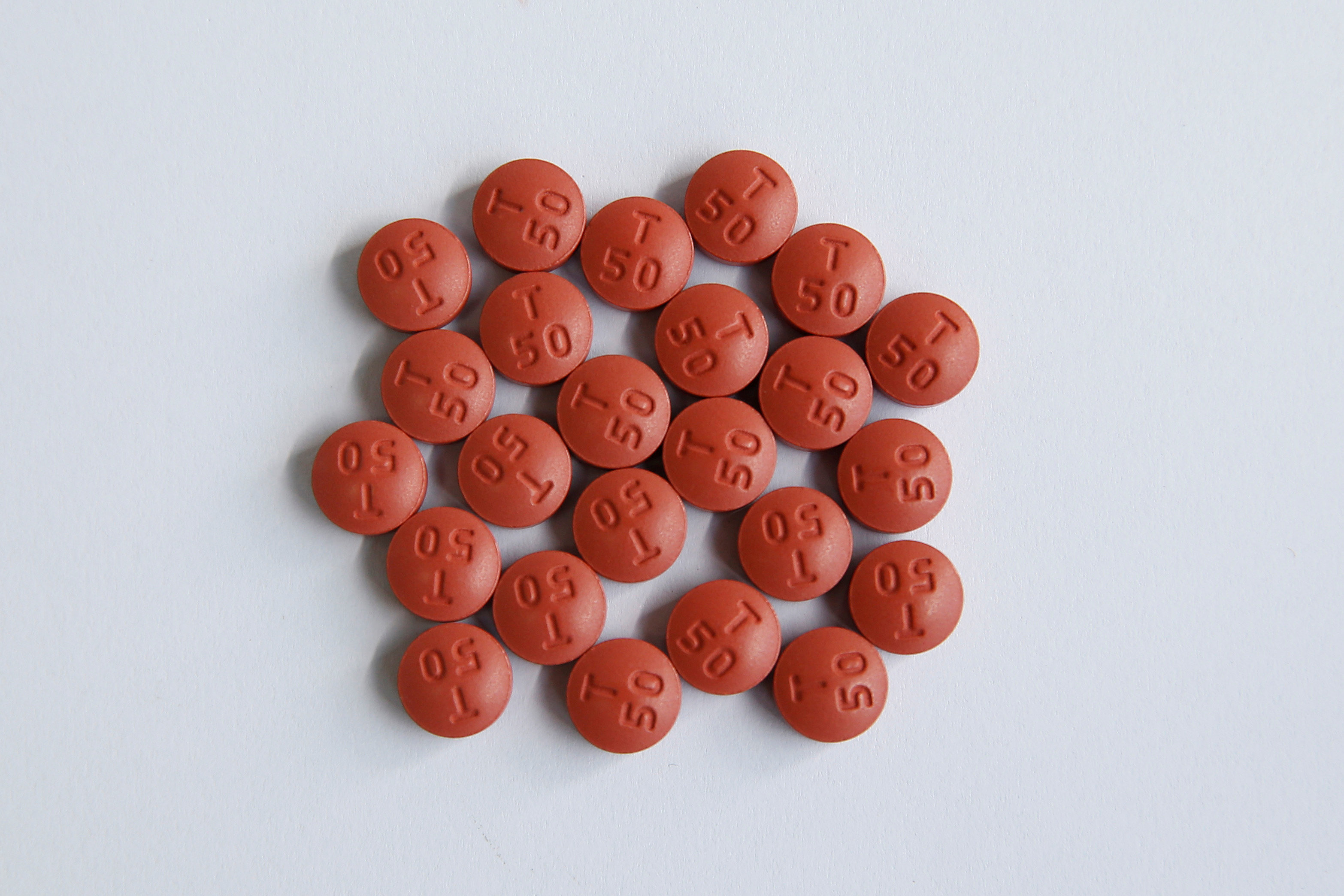Image: FILE PHOTO: Dolutegravir pills used in the treatment of HIV are seen at the Kenyan ministry of health offices in Nairobi, Kenya, June 27, 2017. REUTERS/Baz Ratner/File Photo
![]()
By Ben Hirschler
LONDON (Reuters) – Gilead Sciences and GlaxoSmithKline are heading for an HIV showdown, pushing rival treatment visions and competing products that are expected to hit the market in the next few months.
Gilead is likely to secure the bigger near-term win, as it builds on a 20-year-old strategy of combining three drugs to control the AIDS virus, while GSK is placing a longer bet that its core drug is potent enough to work with just one other.
If it succeeds, GSK could rewrite treatment standards by delivering cheaper two-drug regimens with fewer side effects. Gilead says the idea may risk drug resistance because the virus will only have to evade two drugs rather than three.
The stakes are high for the two leaders in the $27-billion-a-year HIV market, with shares of around 53 and 22 percent respectively, according to industry data.
GSK’s new Chief Executive Emma Walmsley has made HIV one of two central pillars of the British company’s pharmaceuticals division, along with respiratory medicine, after deciding to cutback in other areas.
For California-based Gilead, a new HIV product is an opportunity to boost sales in a key antiviral area, following the rapid rise and fall of its hepatitis C business.
Deborah Waterhouse, who took over as head of GSK’s majority-owned HIV business ViiV Healthcare in April, told Reuters she was braced for “intense competition”.
ViiV, in which Pfizer and Shionogi have small stakes, has been on a roll since 2013 due to the success of its super-effective integrase inhibitor drug dolutegravir, which is already included as part of traditional triple therapy.
Gilead has now matched dolutegravir with an equally good rival in bictegravir and the U.S. group hopes to win U.S. approval by Feb. 12 to launch it with two other drugs, creating a combination known as BIC/F/TAF.
“The playing-field is about to become more level as Gilead brings BIC/F/TAF to market. It is undoubtedly true that from mid-February next year it is going to become a much more competitive space,” Waterhouse said in an interview.
Investors fear the impact on GSK’s star HIV business, which grew sales 26 percent to 3.2 billion pounds ($4.25 billion) in the first nine months of 2017, especially as growth in the key U.S. HIV market is slowing.
Although millions of people are now treated in poor countries with cheap generics, the premium-priced U.S. market still accounts for 65-70 percent of global HIV sales by value.
With nearly 2 million new infections globally each year, researchers are pushing on with new approaches to a disease that is increasingly an issue for older patients who have been kept alive by modern drugs but are more vulnerable to side effects.
TREATMENT CHOICES
Many doctors currently mix and match medicines to get access to the best-in-class agents of dolutegravir and TAF.
As a result, between 40 and 45 percent of U.S. patients on GSK’s Tivicay, the brand name for dolutegravir, take it with Gilead’s Descovy, which includes TAF. But Gilead’s new three-way pill will remove the need for those two separate prescriptions, which is a cost factor for private U.S. patients.
Waterhouse expects Gilead’s new drug to see “significant uptake”, but she doesn’t anticipate a wholesale rush to switch therapy as most HIV patients only see their doctor twice a year.
GSK’s own approach of promoting two-drug cocktails will be a slower affair, even though it hopes to get a U.S. green light for its first combination of dolutegravir and rilpivirine by Dec. 1, two months ahead of Gilead’s new drug approval.
The problem is demand for this particular dual drug regimen is likely to be limited, in part because rilpivirine must be taken with a meal, which requires patients to have breakfast at exactly the same time each day.
The real opportunity for GSK will come with the combination of dolutegravir and the cheap off-patent drug 3TC. That should reach the market in the second half of 2019, assuming clinical trials pan out well.
“This is the start of a journey,” Waterhouse said. “You will see a much faster uptake of BIC/F/TAF than dolutegravir/rilpivirine – that is to be expected – but then we will build up with dolutegravir/3TC.”
Having a cheaper product is particularly important in cost-conscious Europe. Patented HIV drugs remain pricey in developed markets, with Tivicay carrying a U.S. list price of $1,536 a month, although developing countries can buy generic HIV drugs for a fraction of this.
Not everyone is convinced by GSK’s two-drug approach, given that drug resistance is a perennial worry in HIV. Indeed, there was one case of a patient in a clinical trial developing resistance earlier this year, although GSK believes this was likely down to failure to take the drugs properly.
Overall, the clinical evidence to date suggests dual-drug regimens can safely keep HIV at bay without risking resistance, GSK says.
Still, Mike Elliott, Gilead’s vice president for medical affairs in Europe, argues it doesn’t make sense to take chances. “Why risk what we know? Triple therapy is established and shouldn’t be compromised on,” he said.
(Editing by Anna Willard)
Copyright 2017 Thomson Reuters. Click for Restrictions.


